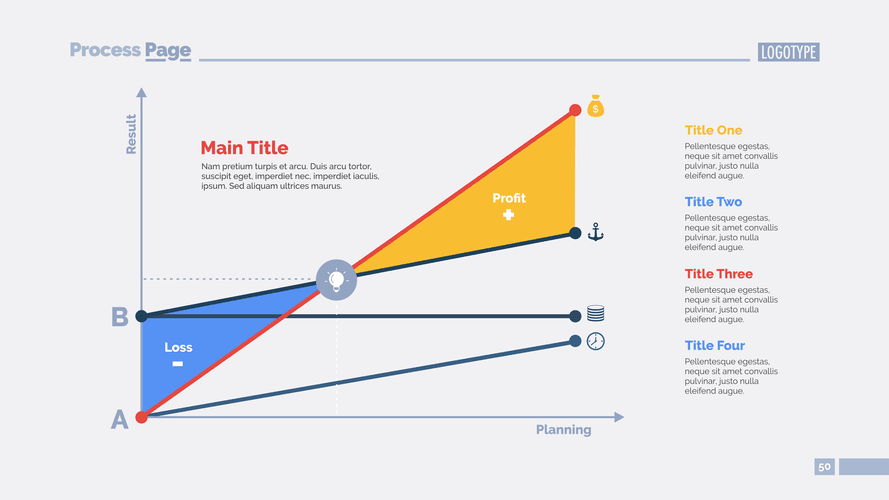
Ad valorem systems are also susceptible to tax avoidance schemes, where consumers can get “free” marijuana if they buy a T-shirt, pay a cover fee to enter an establishment, or donate a certain amount. They can also result in tax cuts for discounts unrelated to externalities, like standard commercial quantity and employee discounts. Tax cannabis accounting revenue grew quickly in the first years after legalization—outpacing projections made by state forecasters—but growth has slowed as the market matured.[43] Nonetheless, Colorado is on track for more growth in FY 2020. These issues should not serve as a deterrent to federal legalization or the introduction of interstate commerce.
Featured Local Savings
- Unfortunately, there does not seem to be a one-size-fits-all solution to this as there are significant differences in the illicit markets among states.
- A legal market can also be taxed, and the revenues generated could help fund much-needed public spending – for example, on mental health and substance use treatment services.
- An adult-use cannabis products distributor cannot sell adult-use cannabis products to adult-use cannabis products retailers who have not received their Adult-Use Cannabis Certificates of Registration or who have had their certificates suspended or revoked.
- State cannabis tax rates range from 6 percent in Missouri to 37 percent in Washington.
- (Yes, at least some cannabis businesses, particularly state-licensed ones, do pay taxes to the federal government, despite its prohibition on marijuana.) Industry groups say the tax rate often ends up at 70% or more.
We will continue to update this page as we receive information about the taxation requirements for the cannabis industry. This course is designed to empower you with the knowledge and skills needed to confidently tackle tax-related challenges within the evolving cannabis industry. You will explore key topics of the tax landscape and the public policies they inform as well as state and municipal tax responsibilities. You will also examine the tax cuts and Jobs Act of 2017 then continue with an in-depth background on the Cannabis Administration and Opportunity Act (CAOA) along with the proposed effects CAOA will have on federal regulation. Meanwhile, more than half a dozen states broke monthly sales records last December, with many relatively new adult-use cannabis markets continuing to expand and American shoppers, in general, stepping up holiday spending. Census Bureau launched a map detailing the proportion of state revenue made up by marijuana tax money.
Marijuana tax rates in New Mexico
The Federal Income Tax was established in 1913 with the ratification of the 16th Amendment. Though barely 100 years old, individual income taxes are the largest source of tax revenue in the U.S.es. Expecting a large and sustained boost from marijuana-specific taxes, however, is shortsighted and represents poor tax policy. Although we do not have comprehensive data on local cannabis tax revenue and revenue from general sales taxes on marijuana purchases, the limited data suggest governments are collecting considerable additional revenue from these taxes. For example, in Oregon, the state government levies a 17 percent cannabis tax on the retail price and local governments can additionally levy a 3 percent tax.
How much money do states make from cannabis taxes?

Lessons from these and other states provide valuable information for tax policy across all U.S. Reliable and cost-effective potency-based testing remains a significant barrier, particularly for raw plant material. Testing consistency still varies across labs and a sizable percentage of product is destroyed https://www.bookstime.com/ during the testing process. Distributor means any person who sells at wholesale any cannabis product, except medical cannabis, which requires an adult-use cannabis license issued by the Office of Cannabis Management. ACIC estimates put the price of an ounce at $300, which works out at around $11 per gram.
Specific State and Local Taxes

A visitor to any one of the 18 states that have “legalized” recreational cannabis (marijuana) use could be forgiven for concluding that such conduct in those states is in fact legal. From the standpoint of federal law, however, the manufacture, distribution, and possession of cannabis remains a federal crime under the Controlled Substances Act (CSA). Under federal law, cannabis is a Schedule 1 controlled substance, and anyone involved in its distribution is, all else equal, a drug dealer subject to severe criminal penalties. Curiously, federal law also requires these cannabis businesses to pay federal taxes on their income even though that income is illicit money as far as federal law is concerned. On the other hand, tax rates that are too high may continue to allow black markets to thrive.
- For this reason, we base our estimated tax revenues on a retail price of $12 per gram, of which $2.51 would be tax.
- (Lower taxes are imposed if retail selling prices are higher.) Both New Mexico and New Jersey, are phasing in higher tax rates over time, partly to improve the ability of the legal market to be more competitive with the illicit market as it establishes itself.
- WASHINGTON (AP) — The U.S. Drug Enforcement Administration is moving toward reclassifying marijuana as a less dangerous drug.
- These centers may choose to pass along this surcharge, which is effectively a tax, to their patients.
- Bed-tax increases are relatively painless propositions for voters actually casting the ballots — it’s the visitors and tourists who ultimately bear the pain — so the chances of success are relatively good.
Revenue collected from the wholesale level excise tax is appropriated to provide $40 million to public school construction, with additional revenue to the public school fund. Revenue from the retail level excise tax goes to the general fund, to the Department of Education, and to the Marijuana Tax Cash Fund. While there is a rather large group of Americans that use marijuana products on a regular basis, it is an important consideration that the vast majority of marijuana products is consumed by heavy users. Producers in states that tax only raw product, for example, could potentially face double taxationDouble taxation is when taxes are paid twice on the same dollar of income, regardless of whether that’s corporate or individual income.
- A hybrid weight-potency tax could permit higher tax rates for more potent products with a limited number of categories.
- Given that intoxicating hemp is substantially similar to cannabis and can be sold legally and excise-tax-free in some states, this can create downward pressure on cannabis tax revenues.
- In some markets, like California, Oregon, and Washington, an established and culturally accepted, yet unlicensed, marijuana industry has been operating relatively openly.
- Most states that tax cannabis dedicate at least a share of the resulting revenue to specific spending programs.
- Starting July 1, 2023, all sellers of taxable cannabis products must register with the Minnesota Department of Revenue to remit the new Cannabis Tax.